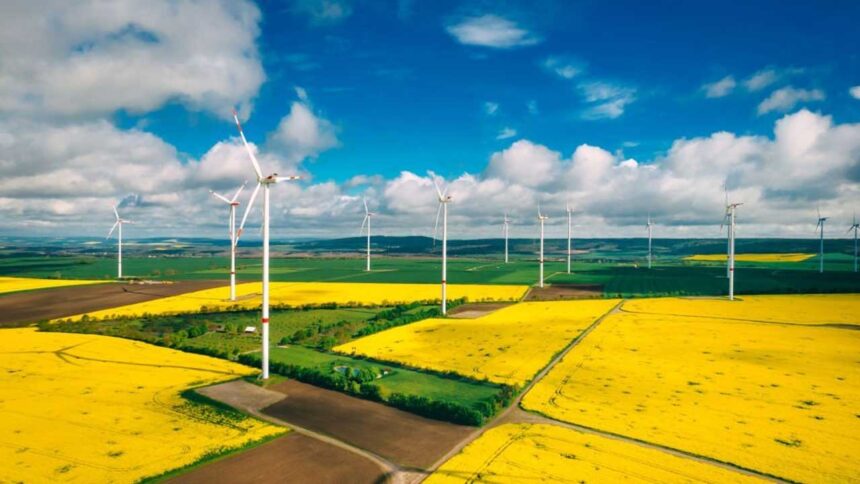Olimerca.- Under the title “Vertical integration, circular economy of recovery and adequate size, keys for the survival of oil mills,” Juan Vilar Consultores Estratégicos has analyzed the number of agricultural by-products generated by the olive grove, specifically olive stone, and the impact social, environmental and economical it produces.
From all this, it can be deduced that the olive sector, due to the fluctuations in competitiveness that it reaches, requires additional collateral activities that increase net income, especially of traditional olive growers, and mainly through the valorization of by-products, oil tourism, integration towards the origin, and destination, etc.
And is necessary to comply with three fundamental parameters in the management of oil mills, with the increase in competitiveness, both via increased optimization and through singularized differentiation.
Parameters to be met
On the one hand, its size is adequate. It helps to improve the farmers’ income by optimizing results, amply achieving the marginal balance, and managing to process each kilogram of olives in the most competitive way possible. This leadership would allow the mill to transmit the highest income potential and enable the olive grower to improve his net revenue.
Another fundamental aspect is to achieve an optimal endowment of resources, which, combined with the previous point, can process the olive efficiently and at a high-efficiency level; in this way, olive growers would also see an improvement in the income received.
And finally, the ideal is to promote a circular vertical integration, that is, to value all the by-products in the same integrated way as an additional productive activity, providing the oil mill with one or several lines of business for the recovery of products, especially bone, and olive pulp.
Bone treatment
Through the bone treatment plant, it is subjected to a drying process that exceeds 12% less moisture than traditional methods, giving it better fuel characteristics and improving the useful life of the plants where it is stored. Combusts.
Not only does it improve the characteristics of the bone, but the implementation of bone treatment in an oil mill generates a complementary line of business to the oil mill that provides a final net income per cumulative thread of 56 euros per ton of bone and once removed the impact of the opportunity cost of the by-product produced in the same mill, the value would rise to 135 euros net per ton.
The net profit per year would be between 245,000 and 270,000 euros, which, once deducted the amortization of the dryer, would be between 230,000 and 255,000 euros net; the payback with this formula would be less than one year, contributing to remunerating the harvester between 6.5 and an additional 7 cents per kilo of olive oil regardless of the category.
Therefore, from the analysis carried out at the request of Secaderos de La Loma, it can be concluded that the olive stone treatment plant is not only a profitable investment but also contributes to the circularity of the process, revaluing the supply chain. Value of olive oil and sustainably using resources sustainably due to its clean combustion and high calorific value that excludes more polluting energy sources, thus respecting the environment and indirectly increasing the income of farmers and the rural setting.










